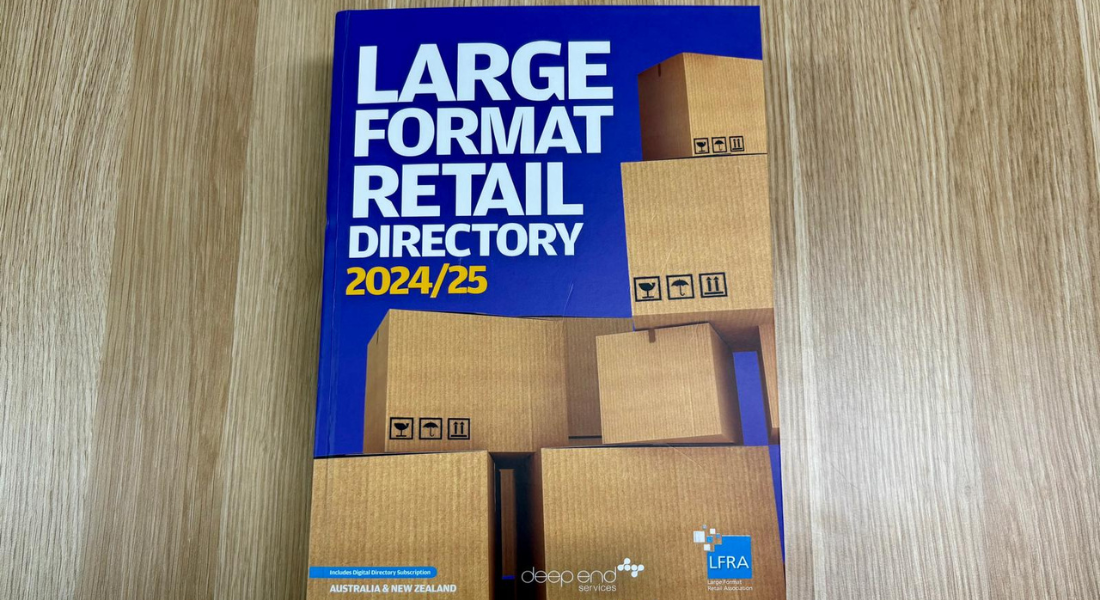Release of the 5-year Productivity Commission Report

In early February this year, the Government handed down its ‘5-year Productivity Inquiry Report’ by the Productivity Commission, which was then made public in March.
The LFRA made a detailed submission to the Productivity Commission in relation to this inquiry. Submission 142 – Large Format Retail Association (LFRA) – Productivity – Public inquiry (pc.gov.au) and Submission 142 – Attachment: Submission to NSW Proposed Employment Zones Reform – Large Format Retail Association (LFRA) – Productivity – Public inquiry (pc.gov.au)
The core function of the Productivity Commission is to conduct public inquiries at the request of the Australian Government, on key policy or regulatory issues bearing on Australia’s economic performance and community wellbeing.
This Commission’s report this year was the second in a series which have been undertaken at five yearly intervals, with the first Inquiry report, ‘Shifting the Dial’, being completed in 2017.
The first volume, Advancing Prosperity, contains recommendations and reform directives to advance society with the Commission’s policy agenda.
The report includes a narrative overview that provides the economic context for the inquiry and outlines the barriers to future productivity growth by setting out a policy agenda to overcome these barriers, and paints a picture about what the future could look like following reform implementation.
It also contains a roadmap that indicates to government which reform directives should be most highly prioritised.
The set of recommendations from across the report are then aggregated into reform directives which are organised by broader policy themes.
In total, there are 29 reform directives drawing on 71 separate recommendations.
In the context of the LFRA, there can be expected changes under the report recommendation for ‘Creating a more Dynamic Economy’, which the Commission acknowledges is a proven ‘machine’ for spreading innovations.
The report explains that proposed reforms are to boost competition, business entry, investment and dynamism which go beyond general competition law to include general settings like tax, trade and regulation (e.g. planning).
The report explains that a proposed generational review would focus on Australia’s fragmented private and social insurance arrangements, where short-term changes can pave the way for substantial long-term reform.
Under ‘Creating a more dynamic economy’, falls reform directive (18) which suggests that the government create an investment environment that allows the right activities to occur in the right places.
This leads to Recommendation 3.2, which requests the government to consider more flexible and streamlined planning and zoning for State and Territory Governments.
Thus, recommending that both levels of government revise their planning regulations to ensure residential, commercial and industrial zoning are not unduly restrictive.
The recommendation states that this should include:
• Implementing standardised business, and industrial zones across local government areas;
• Aggregating existing business and industrial zones to reduce the number of zones where possible and to broaden the range of permissible activities;
• Ensuring that urban planning decision-making processes consider the introduction of competition to incumbent businesses as a positive outcome.
The LFRA will continue to provide updates to members as these recommendations are considered and actioned by governments.
As a number of States begin to revise and modernise their current planning zones, the LFRA will continue to advocate on the industry’s behalf throughout the entire consultation process.




